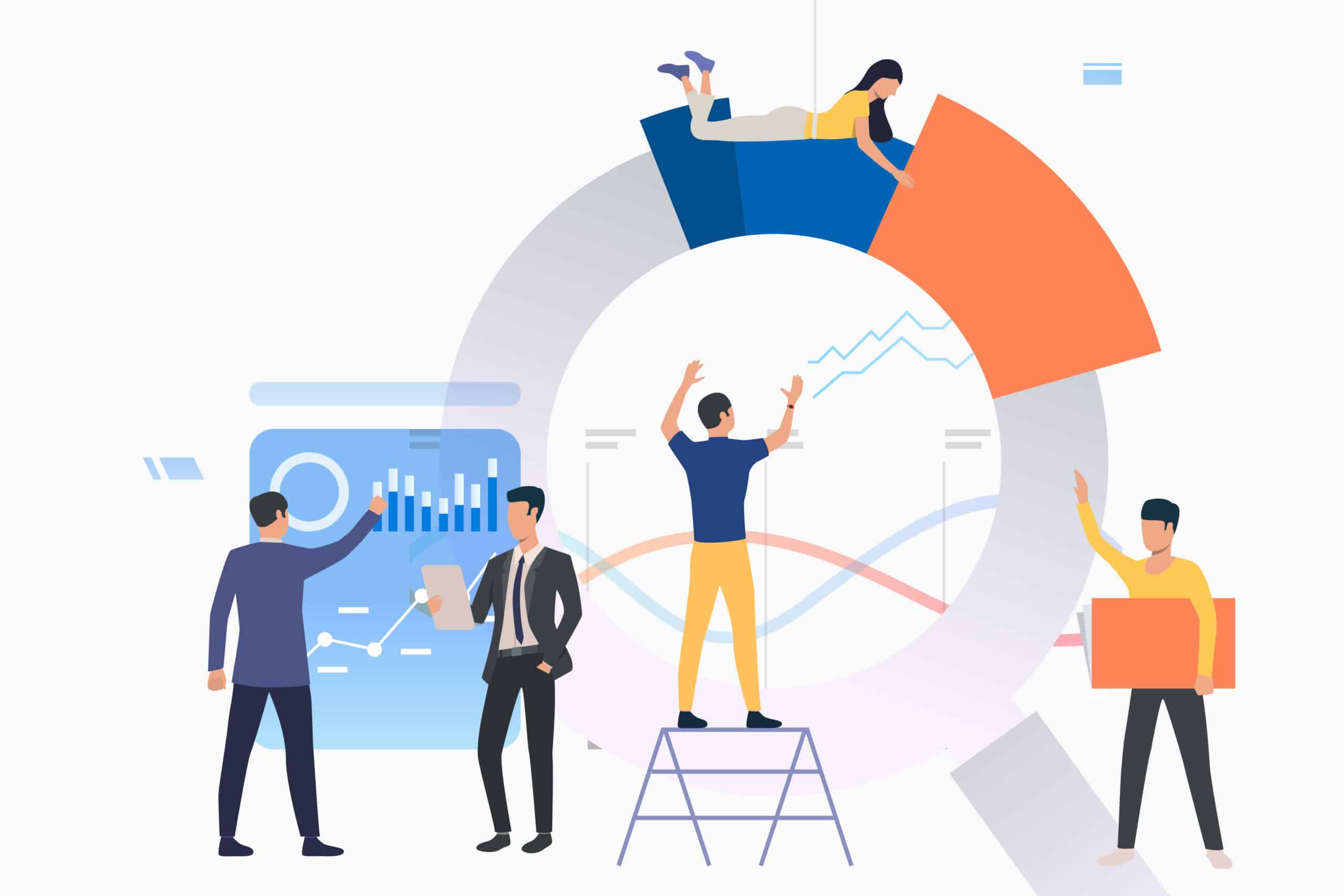Data visualisation is meant to convey a message and tell a story. To do so, we should be as clear, inclusive and intuitive as possible.
Data are never neutral or impartial. Researchers in both experimental and non-experimental fields influence data collection. In the first case, they collect data following a hypothesis, while in the latter, they select the appropriate data given a research question. In other words, data collection is always associated with some sort of interpretation.
To outline what our research is about, why it is relevant for the field and its possible consequences, we – as researchers – need to guide the interpretation of our data in a fair and comprehensible way.
Data visualisation is a great tool to accomplish this goal. We should be able to use it to clearly convey a message and to make our work understandable and interpretable, transparently.
The message
Stephen R Midway proposed ten principles for data visualisation. I will sum up the most general principles here, redirecting the interested readers to the paper linked for more technical ones. To be as clear and straightforward as possible, he suggests using diagrams – prioritising selected pieces of information, using appropriate geometries, panels and simple representations, always paired with detailed captions and infographics.
What is implied here is that the best way to convey a message is to make it accessible. This is relevant not only to spread our work but also to promote the democratisation of knowledge. In other words, the more people can easily access the data, the merrier. The last three points in Midway’s list are specifically suited for this aim.
Let’s think about colour blindness. If a visualisation reaches an audience of 500 viewers, 24 of them could have troubles understanding it if the researcher did not actively employ strategies to support colour-blind people. Lisa Charlotte Rost wrote three wonderful articles on designing visualisations that are good for neurotypical and colour-blind people, providing theoretical explanations and practical hints. Most importantly, she dedicated space to the testimony of colour-blind people, raising not only a practical but also an ethical issue actually needed to boost the awareness of researchers.
The responsible use of infographics and captions can also help. A practical tip to make our representations as accessible as possible is to describe them efficiently. In doing so, we should imagine a reader who cannot see our actual visualisation, for any kind of reasons. In other words, captions and infographics should convey the same message of the visualisation and should be able to stand alone independently.
The interpretation
When we report our data, we tell a story. From this perspective, we – as researchers – need to learn a lot from data journalists. As stated by Mona Chalabi – writer and illustrator – the danger of dealing with data and analysis is getting stuck in a loop. More precisely, she fears that a lot of data that we produce are understood or even shared with just experts, never touching the population it is actually about. To avoid this elitist derivative of knowledge sharing, she believes that we have to learn to use intuitive storytelling. Our hypothesis and the related literature are the beginning points of the story, while our results should be the epilogue.
In sum, we should try to design our visualisation having in mind the largest and most heterogeneous audience that we could think of. Actually, Data is beautiful is one of the top 50 communities on Reddit. You would be surprised about how much people care about data and how to visualize it.
Follow us on Twitter (@CobraNetwork) and Instagram (@conversationalbrainsmscaitn) to stay up to date.
Author: Greta Gandolfi, ESR6, @greta_gandolfi
Editors: Tom Offrede, ESR5, @TomOffrede, Dorina de Jong, ESR2, @dorinadejong, Joanna Kruyt, ESR11, @_JoannaK_
Featured image designed by katemangostar via Freepik.
If you want to know more about our projects and the ESRs working on them, please look under the Training tab.




